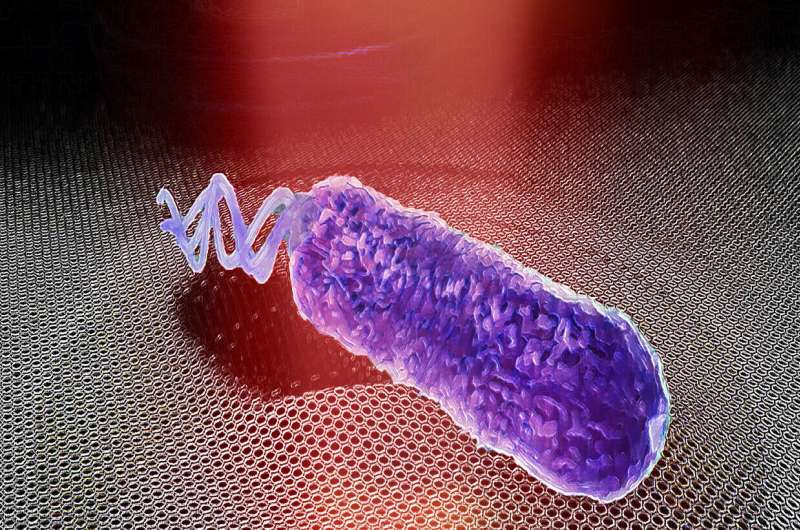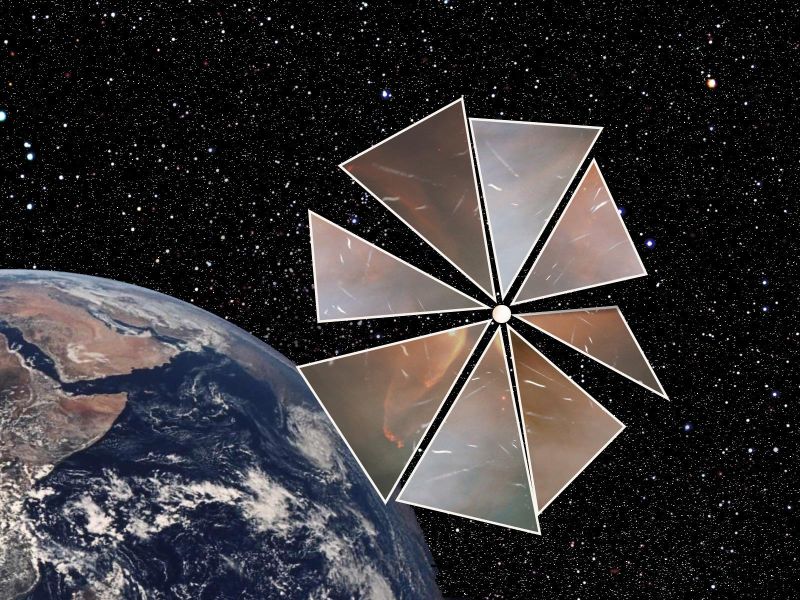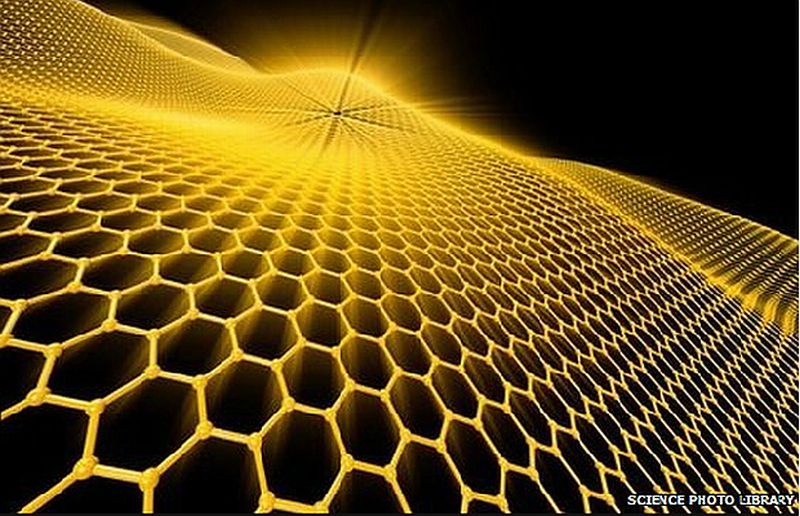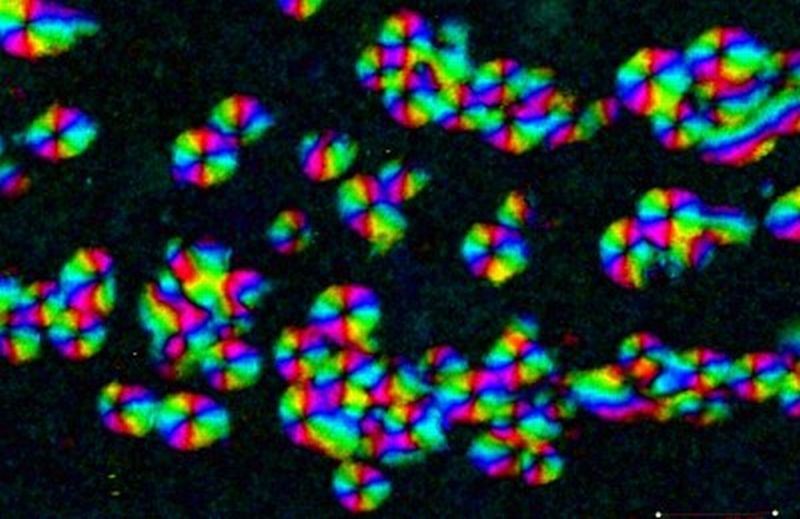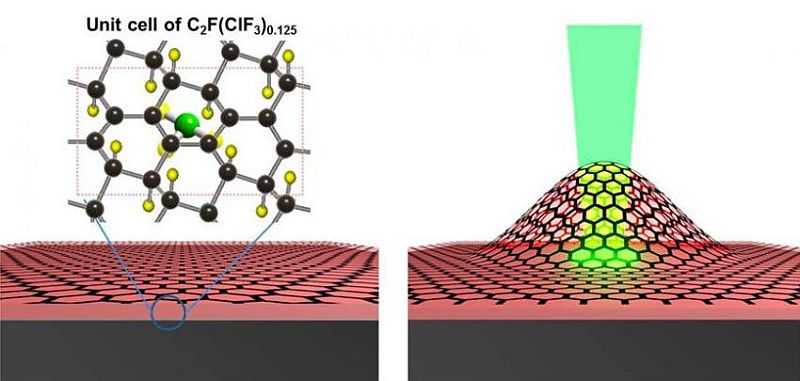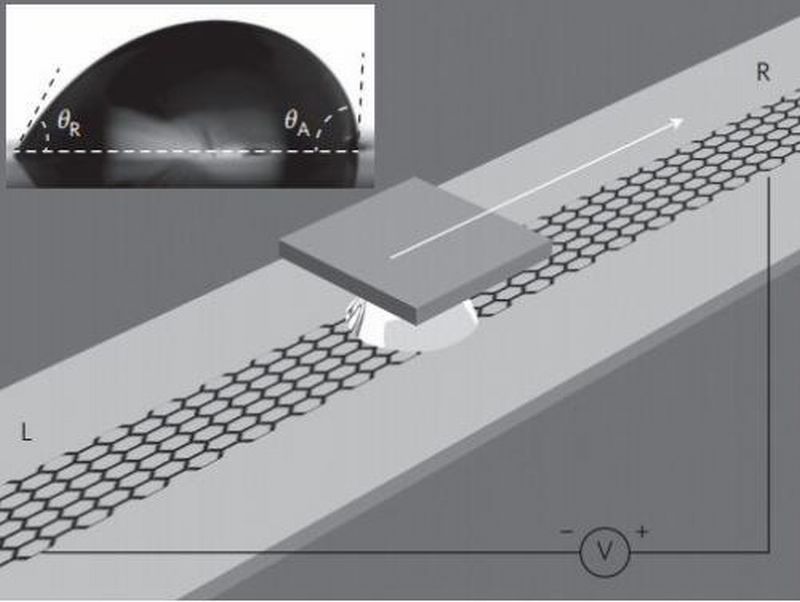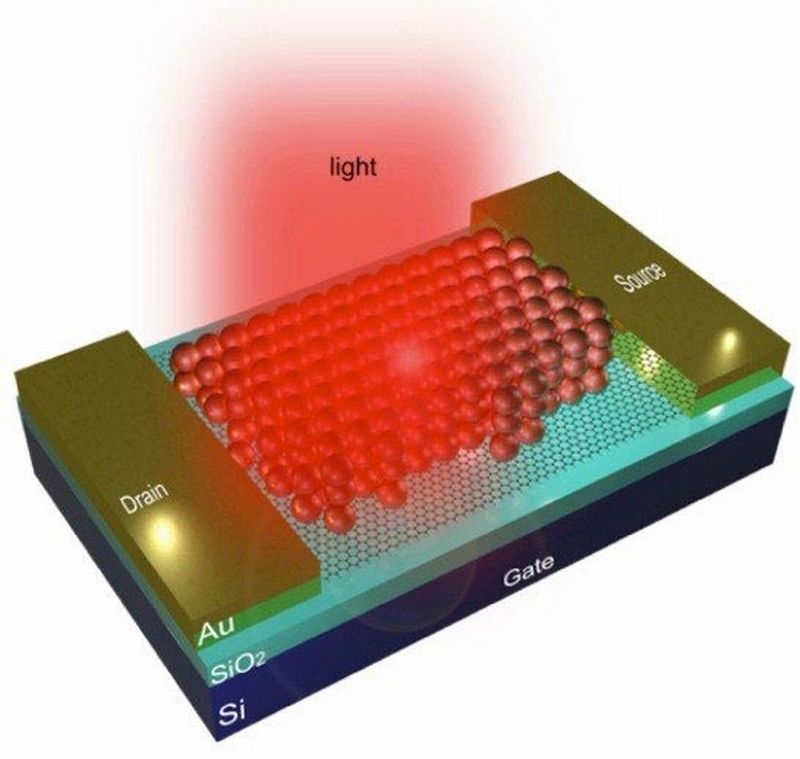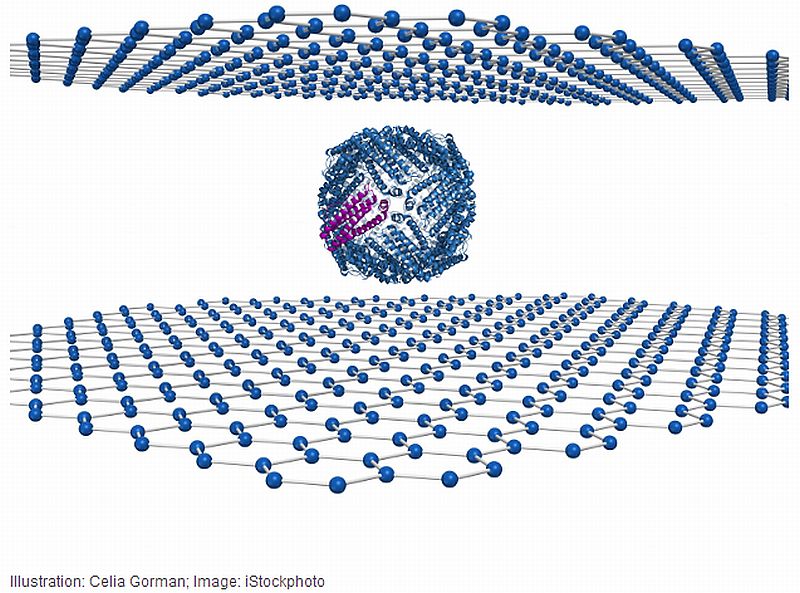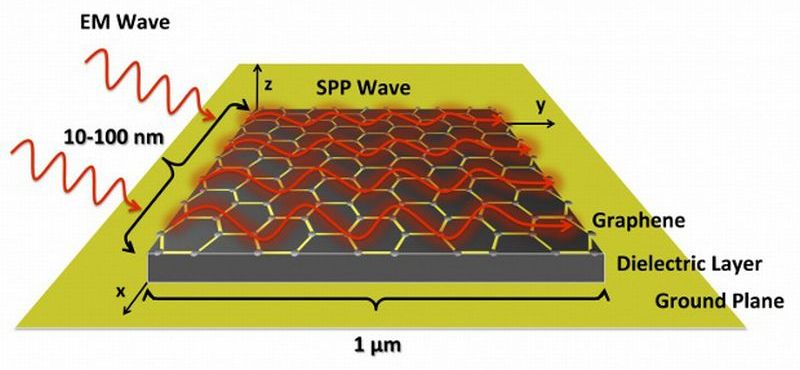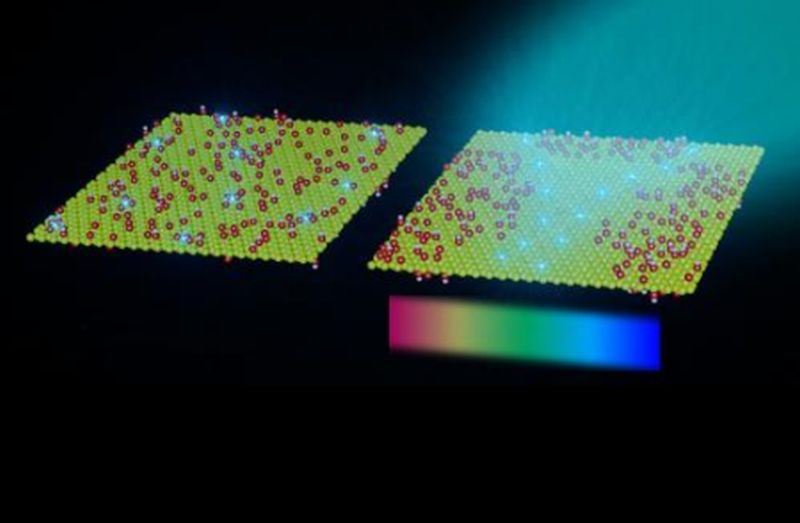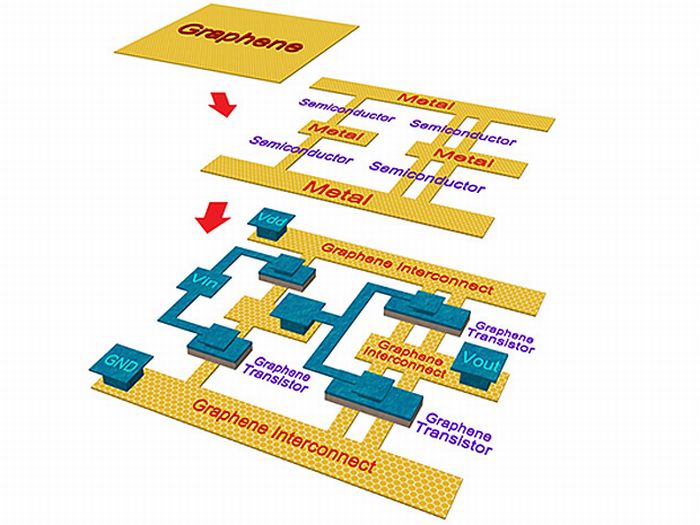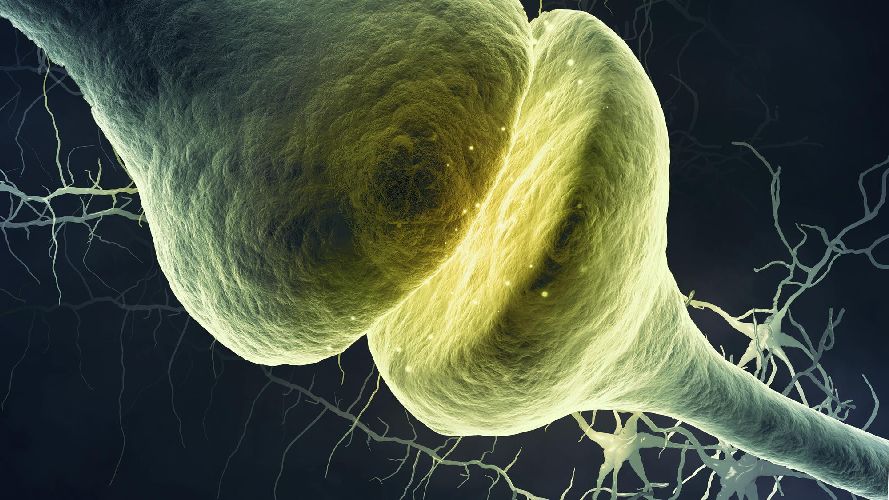Anything that vibrates, creates sound. This implies, microbes too must emit noise. Does this mean, we can also hear disease? Pathogenic bacteria mixed with other healthy microbe bacteria might sound in a certain way. So, if this technology is used for diagnostic purposes, we could we hear disease!
Search Results for: Graphene
Rocket that doesn’t require any Fuel: Graphene-powered Spacecraft
Amongst all the amazing properties of graphene, morphing light into action is best of all. Serendipitous discovery of the material had surfaced its remarkable properties like robustness along with high electric and head conduction in flat structure. Yongsheng Chen at Nankai University in Tianjin, China along with his team has been working on to see if the same effect could also be seen on the bigger lattice arrangements of carbon.
Graphene-based Light Bulbs hitting stores soon: A new era of LED Technology
LED light technology has again hit the spotlight but this time it is due to the wonder material, graphene. Consumers would soon be using graphene-based light bulbs. It is assumed that the dimmable bulb would help in reducing energy costs by ten percent and might come with a longer shelf life relatively. Although, it is expected that the cost might remain the same as is the conventional LED.
Graphene Sheet morphs into Droplets: A Serendipitous Discovery
Graphene does not stop surprising researchers with its limitations when it comes to application in fields like electronics, energy storage and energy generation. The list does not end here, now the wonder material looks promising in domain of medical sciences as well. During routine tests, Monash University’s researchers discovered that sheets of graphene oxide morph into liquid crystal droplets on its own accord. With its new avatar, the graphene droplets have find a promising place in delivery of drugs and disease detection, claimed the researchers.
Graphene Ushering the League of Viable Engine for Nanodevices: Lattice Mimics two-stroke Engine
Graphene is one of those rare gifts of nanotechnology that is still not unwrapped fully. Not long ago, we discovered that how sliding water over graphene generated electricity. Every time, researchers conduct an experiment, the lattice of carbon atoms pops up with different surprise. Lately, such revelation has brought to the fore by researchers at National University, Singapore. They have morphed a single layer of graphene along with certain amount of chlorine and fluorine atoms to create a two-stroke combustion engine. Similar mechanism although at a macro-scale is used for…
Sliding Saltwater Over Graphene Generates Electricity
Call it serendipity or chance, a group of researchers at Nanjing University of Aeronautics and Astronautics in China while conducting an experiment of creating voltage by plunging carbon nanotubes in a flowing liquid hit upon a discovery of generating electricity by dragging saltwater over a piece of graphene. Traditional Techniques Conventionally, producing electricity via graphene has always been an expensive task plus its unique electrical properties have required for immense work from the end of researchers.
Graphene Photodetectors Will Now Offer Thermal Vision
By harvesting the optical capabilities of graphene, researchers at the University of Michigan were able to create infrared contact lens morphed out of the carbon material. Graphene is merely 1-atom thick that makes its absorb nearly 2.3% of light that strikes it, which of course is extremely less especially for generating an electric potential and hence makes it far away from operating as an infrared sensor. Therefore, the researchers devised an innovative technique to resolve this issue. In place of gauging lost electrons by incoming light, they augmented the current…
Graphene Morphs From Hydrophobic To Hydrophilic
Graphene is taking the role of Zeus in the fraternity of materials. Its astounding properties come to the fore every time researchers try to do something new with it. Interestingly this time, the material has shown its ‘romantic inclination’ towards water. Its hydrophobic nature allows graphene to repel water however, narrow capillaries fabricated from the material reverses the nature of the same material, turning it into hydrophilic. Rapid permeation occurs when the layer of water molecule is of same dimension as that of graphene itself, that is, one atomic thickness.
Graphene Sandwich Results In Higher Resolution Images Of Biomolecules
Biomolecule when sandwiched between sheets of graphene results in a high resolution of atomic level images of the molecule, a rare research put forth by the researchers at the University of Illinois, Chicago. The molecule called ferritin, an iron-storage protein, was imaged in the research. Prior to this method, imaging of any Biomolecule was taken of course with an electron microscope along with a liquid stage container that is placed between thick windows of silicon nitrate to protect the sample from vacuum. Graphene’s superior transparency becomes instrumental in providing an…
Beginning Of A New Communication Paradigm For Graphene
Graphene, I am sure, is one of the most sought after materials for researchers across the world today. Just two months back we shed light on how graphene will be replacing silicon in the chips creating revolution in the field of semiconductors and then we talked about the new annealing treatment that might take graphene to the next level. Still curious for more, researchers at the Georgia Institute of Technology claim that they have devised a mechanism through which they can extent the capability of nanoscale antennas fabricated from graphene…
New Annealing Treatment Might Take Graphene To The Next Level
Graphene wafers are the subject of interest for the researchers at MIT and the University of California at Berkeley these days. The 2-dimensional, crystaline allotrope of carbon has huge potential across applications like solar cells, thermoelectric devices and water filtration to name a few but the expensive treatment is becoming a major huddle in its advancement. Therefore, to bring about the material’s versatility the team has put forth a solution, which they claim is inexpensive relatively. Pure graphene does not qualify for any electronic devices but the scenario changes with…
Semiconductors: Graphene Will Be Replacing Silicon In The Chips
Researchers at the International Technology Roadmap for Semiconductors (ITRS) envision that copper-based relay points in silicon chips would very soon become obsolete. All types of interconnections employed in integrated circuits (ICs) will also cover this redundancy. Graphene, as per scientists, will be the next frontier in computing. Traditional silicon-based transistors and metal interconnects were using materials, which were bulky in the sense that it was affecting the feature-sizes and contact resistance problem. So in order to address this issue, researchers in electrical and computer engineering at the University of California,…
Plenty of Room at the Bottom: Thinking Small, Dreaming Big
This document is a written version of a speech given by Richard P. Feynman in 1959, huge shout out to Michigan State University for putting this over internet. Feynman talked about the exciting potential of working with tiny things. He believed that there is a lot we can discover in this area, even though it isn’t directly about basic physics. He was sure that looking into this area could help us grasp difficult subjects more easily and could have many useful applications. Below are some of the ideas covered by…
Interview: Dr. Matthew Bergin, an Experimental Physicist at The University of Newcastle, Australia
I’m thrilled to introduce Dr. Matthew Bergin, a rising star in the world of Organic Electronics research. Armed with a Master of Science degree in Natural Sciences and a Ph.D. in Physics from the prestigious University of Cambridge, Dr. Bergin is making waves with his groundbreaking work at the Centre for Organic Electronics (COE). Dr. Bergin went deep into studying how things work in scanning helium microscopy. He was in charge of creating a better electron ionization mass spectrometer during his Ph.D. research. It’s like he’s breaking new ground in…
Human Brain Organoids Implanted in Mice: Human-mouse Synapses
An international team of neuroscientists has demonstrated that human brain organoids when implanted in the cerebral cortex region of a mice can respond to external sensory stimuli. Brain organoid, here, refers to a three-dimensional tissue that is made from skin cells.

